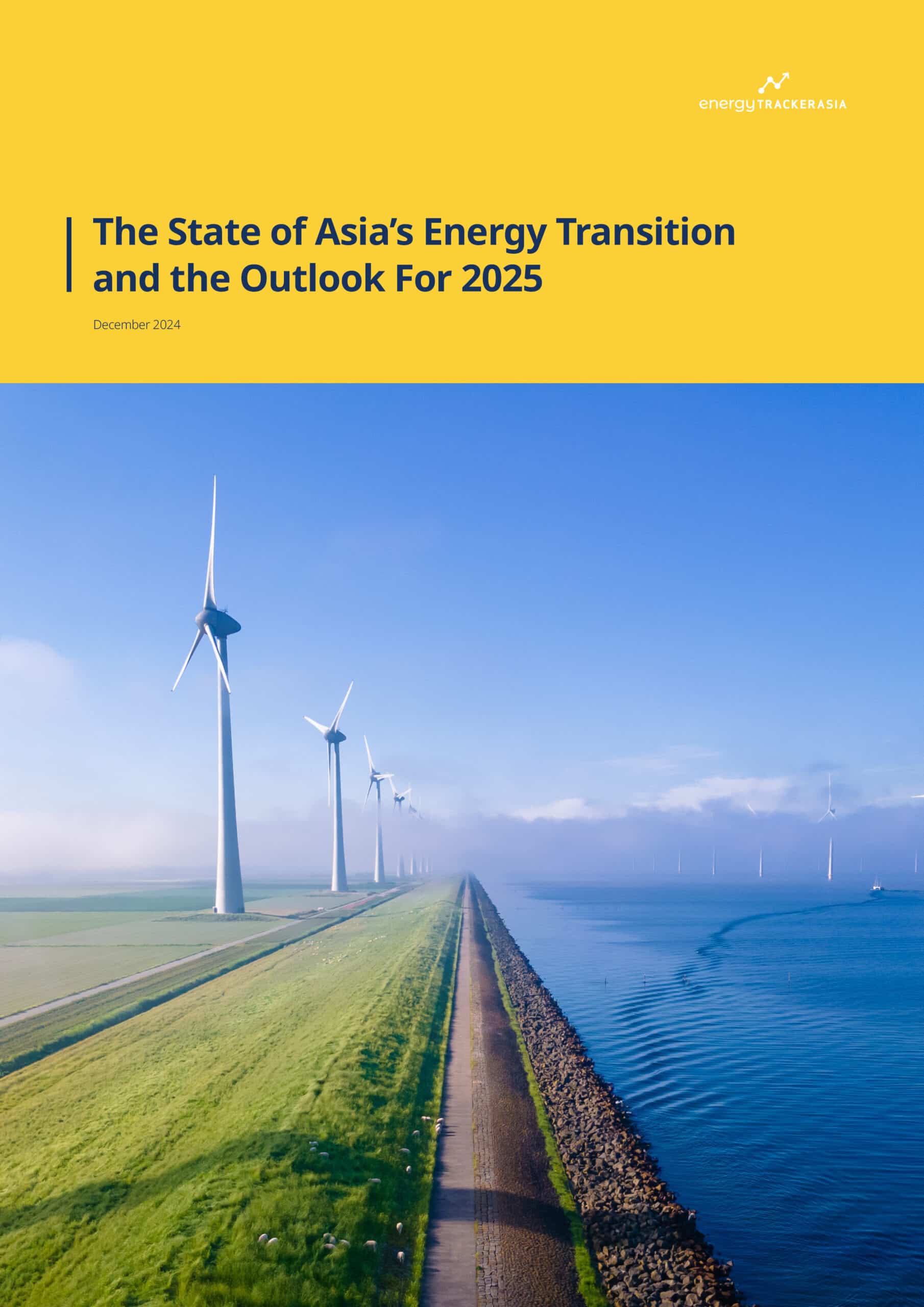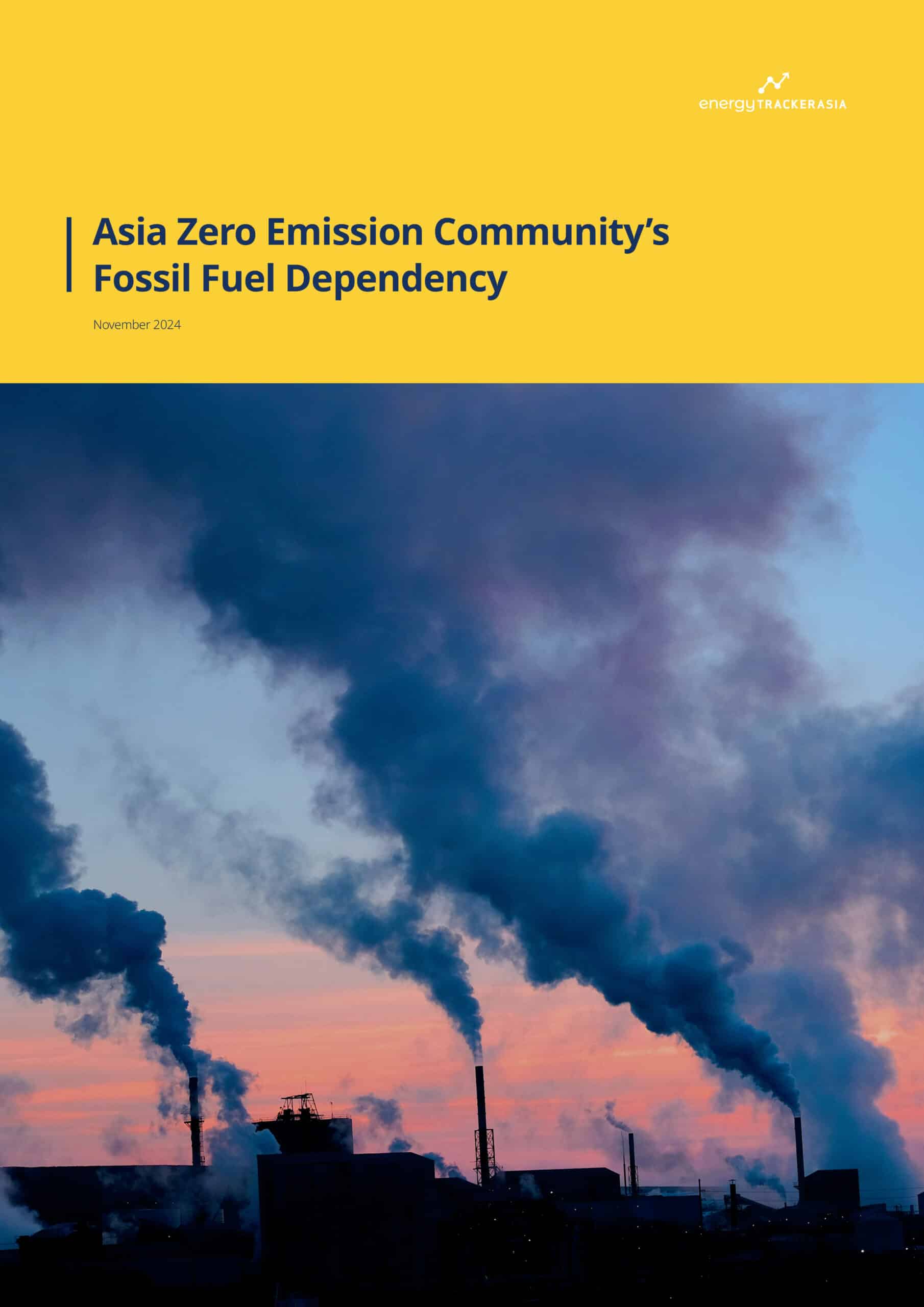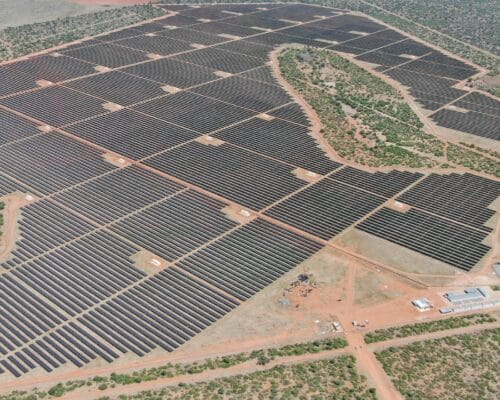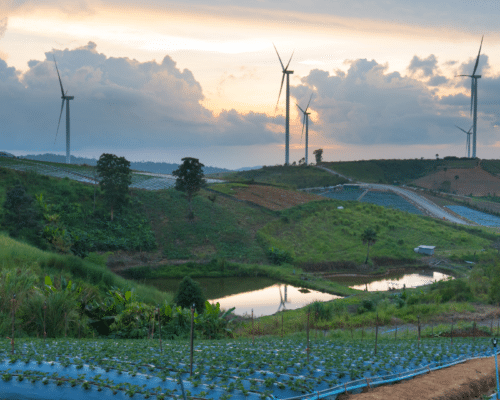Is Renewable Energy Expensive? Or Is It the Cheapest Power Source on Earth?
Photo: Freepik
29 October 2025 – by Heba Hashem
For years, sceptics have asked: Is renewable energy expensive?
The answer today is clear — and backed by data. Renewable energy is not only the cheapest but also the fastest-growing source of electricity worldwide, even without subsidies.
According to global energy analysts, the cost of renewables is falling so rapidly that they could supply up to 67% of global electricity by 2050, up from around 42% today.
The Plunge in Solar and Wind Power Costs
The transformation has been nothing short of remarkable. Since 2010, solar photovoltaic (PV) costs have plummeted by 90%, onshore wind by 70% and battery storage by 93%.
This steep decline is driven by what experts call a “virtuous circle” of technological innovation, economies of scale and supportive policy frameworks that encourage investment and deployment.
Is Renewable Energy More Expensive than Fossil Fuels?
Once dismissed as costly, renewables have decisively outcompeted fossil fuels on price.
In 2024, solar PV projects were 41% cheaper than the lowest-cost fossil fuel options, while onshore wind came in 53% lower.
The levelised cost of electricity (LCOE) for onshore wind reached USD 0.034 per kWh, compared with USD 0.043 per kWh for solar PV and USD 0.057 per kWh for new hydropower.
Battery storage, a key enabler of renewable systems, has also become dramatically more affordable — dropping to USD 192 per kWh in 2024.
“New renewable power outcompetes fossil fuels on cost, offering a clear path to affordable, secure and sustainable energy. This achievement is the result of years of innovation, policy direction and growing markets,” says Francesco La Camera, director-general of the International Renewable Energy Agency (IRENA).
Investment in Renewable Energy Projects Surges Past Fossil Fuels
These cost declines have sparked an investment revolution.
Nearly USD 2 trillion flowed into renewable energy technologies in 2024 — including renewables, electric vehicles, nuclear power, storage and efficiency improvements — compared with just over USD 1 trillion for coal, gas and oil combined.
The shift marks a decisive turning point: investors now view clean energy as not just sustainable, but economically irresistible.
The savings from renewables are staggering. In 2024, renewables helped avoid USD 57 billion in fossil fuel costs globally. That same year, the world added a record 582 gigawatts (GW) of renewable capacity — a 19.8% increase from 2023 — with 91% of new projects cheaper than any new fossil fuel plant.
Renewables Overtake One of the Biggest Contributors to Climate Change
The momentum continued into 2025. In just the first half of the year, renewable generation climbed 7.7%, reaching 5,072 terawatt hours (TWh), according to think tank Ember Energy.
Solar power led the charge, expanding by 306 TWh (31%), while wind energy grew by 97 TWh (7.7%). Together, they propelled renewables to surpass coal in the global power mix for the first time ever — a historic milestone for climate action.
Analysts expect this growth to continue. A McKinsey & Company report projects that solar and wind generation could triple by 2030 and expand ninefold by 2050, pushing the renewable share of global electricity to more than double current levels.
Lower Renewable Energy Costs, Lower Bills
The more renewables on the grid, the cheaper electricity becomes for consumers.
A 2025 study published in the journal Renewable Energy on California’s power market found that renewables directly drive down wholesale prices.
“Every major renewable — geothermal energy, hydro, wind, solar — is lower cost than fossil fuels,” says Mark Z. Jacobson, a professor of civil and environmental engineering at Stanford University and lead author of the study.
In many countries, electricity prices are determined by a marginal pricing system, meaning the last and most expensive generator sets the price. Because renewables have low operating costs, they often underbid fossil fuel plants — pushing coal and gas out of the merit order.
“Since the vast bulk of capital for renewables is spent in the initial investment, operating costs are low, so the bids to supply power are extremely competitive. The result is that renewables typically crowd out the far more expensive gas and coal power plants in the merit stack,” notes a report by The Climate Reality Project.
Why Is Renewable Energy Cheaper than Fossil Fuels?
Renewables like wind, solar and hydro require no fuel, unlike fossil fuel plants that rely on coal, oil or gas — all of which are volatile in price and costly to extract and transport.
When fossil fuel prices rise, inflation follows — from higher factory and transport costs to more expensive household electricity bills.
Renewable technologies, by contrast, rely on free natural energy resources. Once built, a solar or wind farm delivers predictable, low-cost power for decades, insulating economies from fuel market shocks.
The Hidden Hand of Fossil Fuel Subsidies
Despite renewables’ cost advantage, fossil fuels continue to enjoy massive government subsidies — particularly in emerging economies.
In 2023, fossil fuel consumption subsidies reached USD 620 billion, compared to only USD 70 billion spent on clean energy incentives like electric vehicle rebates and heat pump grants.
More recent estimates from the International Institute for Sustainable Development (IISD) show that in 2024, G20 nations spent USD 535 billion on fossil fuels versus USD 168 billion on renewables in the same year.
Even so, renewables remain the better deal. According to Lazard’s 2025 report, “solar and onshore wind remain the most cost-effective forms of new-build energy generation” in the United States — even without subsidies or despite low natural gas prices.
Challenges Ahead — But the Trajectory for Clean Energy Sources Is Clear
It’s not all smooth sailing. Supply chain bottlenecks, trade barriers and geopolitical tensions are slowing further cost reductions, particularly in the Global South, where financing remains a hurdle.
Still, experts expect prices to keep falling as countries push toward the global goal of tripling renewable capacity to 11,000 GW by 2030. The pace of decline may slow as markets mature, and short-term fluctuations — such as tariffs on renewable components — could cause temporary price hikes.
But the long-term trend is undeniable: the future of affordable energy is renewable.









